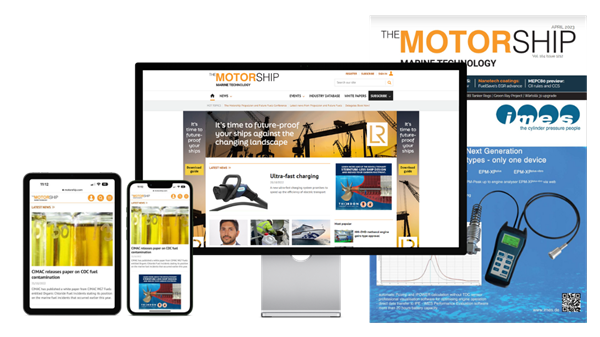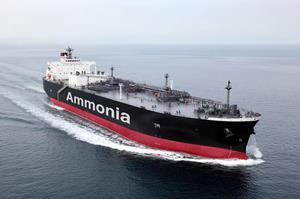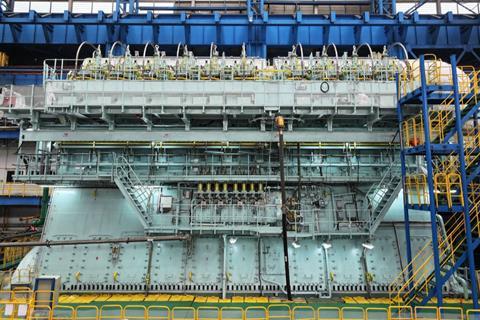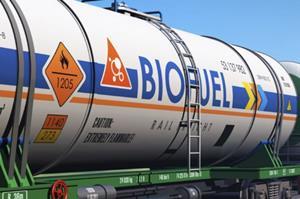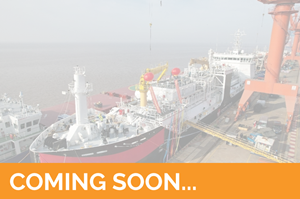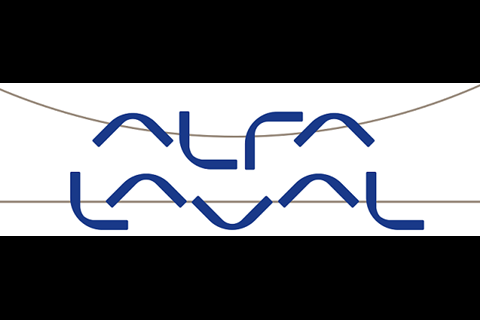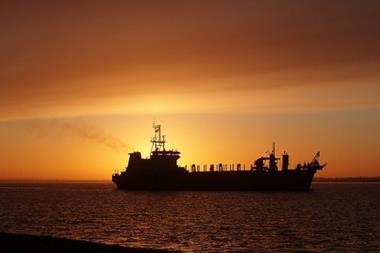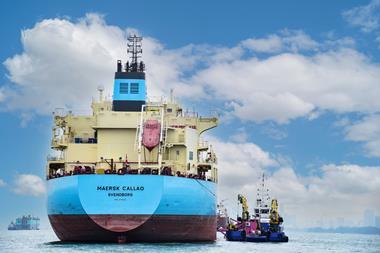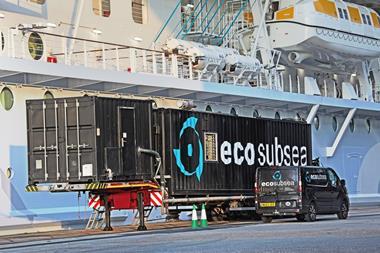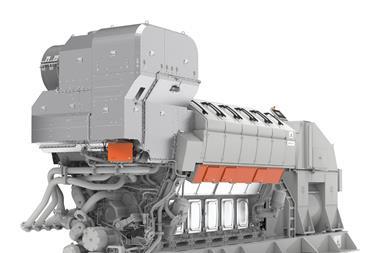Air pollution is the single largest environmental health risk and responsible for the premature deaths of an estimated 7 million people worldwide each year. Air pollution contributes to the global burden of air pollution-related disease, the World Health Organization reports. Nine out of 10 people breathe air containing high levels of air pollutants.
 Content from our commercial partners
Content from our commercial partners
Reducing NOx emissions from ship exhaust
Why reduce NOx now
Air pollution is the single largest environmental health risk and responsible for the premature deaths of an estimated 7 million people worldwide each year. Air pollution contributes to the global burden of air pollution-related disease, the World Health Organization reports. Nine out of 10 people breathe air containing high levels of air pollutants.
Ship exhaust emissions contain three main pollutants: sulphur oxides (SOx), nitrogen oxides (NOx) and particulate matter. A University of Rochester study published 2018 in Nature magazine estimates the number of cases of childhood asthma a year due to ship emissions at 14 million and the number of premature deaths a year at 400,0001. To curb air pollution from ships, the International Maritime Organization (IMO) adopted in 2008 the NOx Technical Code, Regulation 13 of MARPOL Annex VI.
By 2010, MAN Energy Solutions and Alfa Laval had developed exhaust gas recirculation (EGR) technology to prevent the formation of NOx during combustion. The prototype clocked 3,500 operating hours at sea. Two years later, Alfa Laval became the first company in the world to be approved by MAN Energy Solutions to supply a water treatment system, Alfa Laval PureNOx, for cleaning effluent from the MAN EGR scrubber intended for use on MAN B&W two-stroke engines. PureNOx in combination with the MAN EGR scrubber provided a 50% reduction in NOx emissions and bleed-off water in compliance with IMO criteria for Tier III ships.
Since then, Alfa Laval has continuously improved PureNOx, reducing its footprint as well as its capital and operating costs. In 2018, the IMO adopted Marine Environment Protection Committee (MEPC) Resolution 307(73), which details guidelines for the overboard discharge of exhaust gas recirculation (EGR) bleed-off water. The latest iterations, PureNOx LS and PureNOx HS, ensure compliance with the MARPOL Annex VI Tier II and Tier III NOx emission reductions

